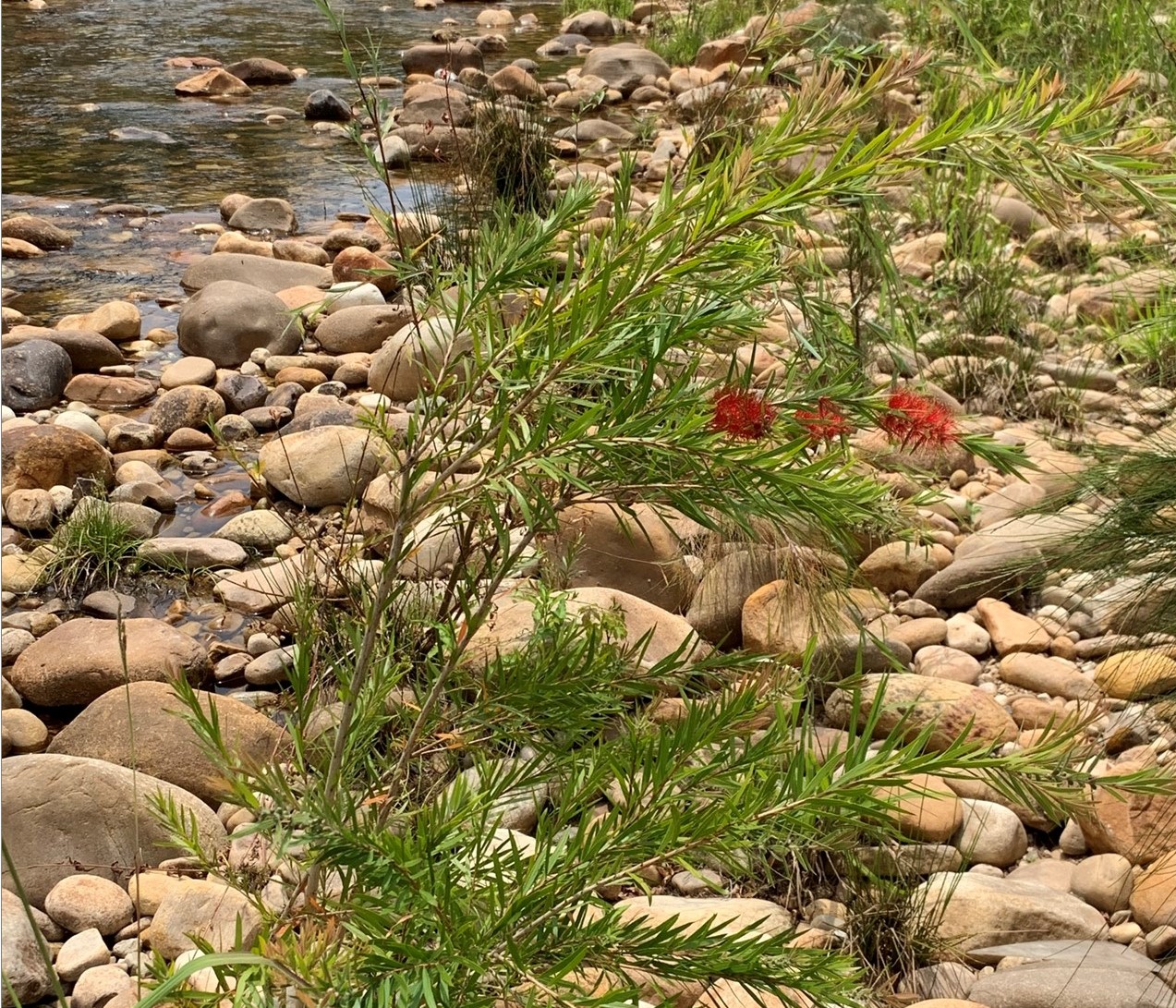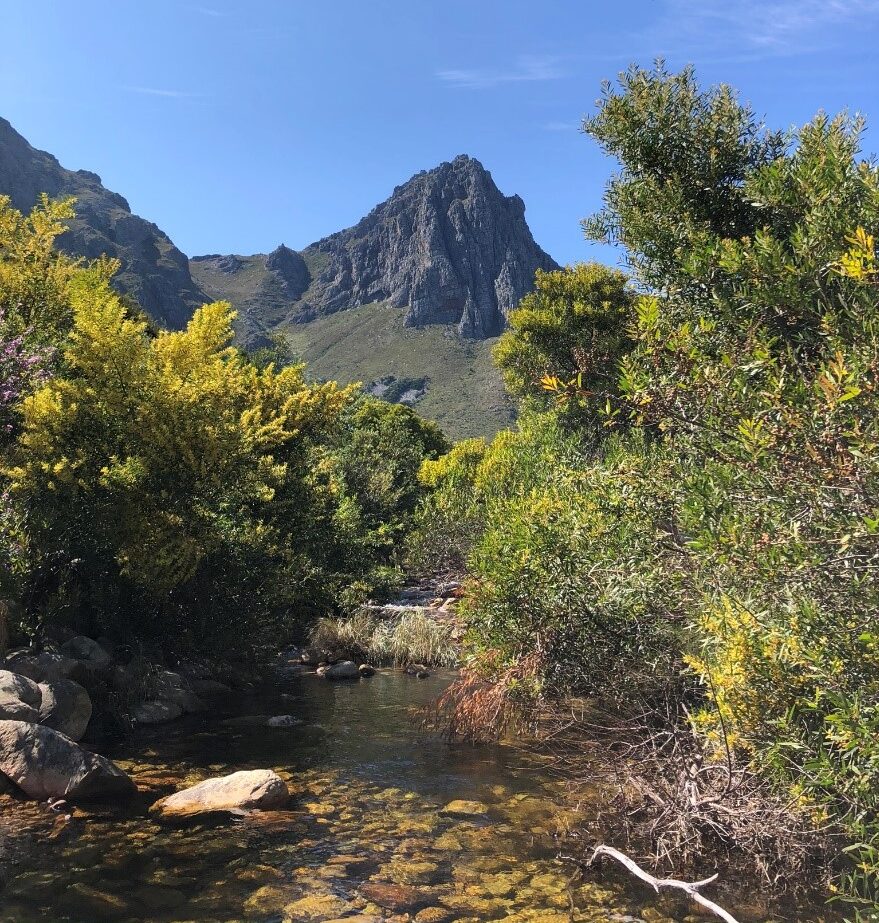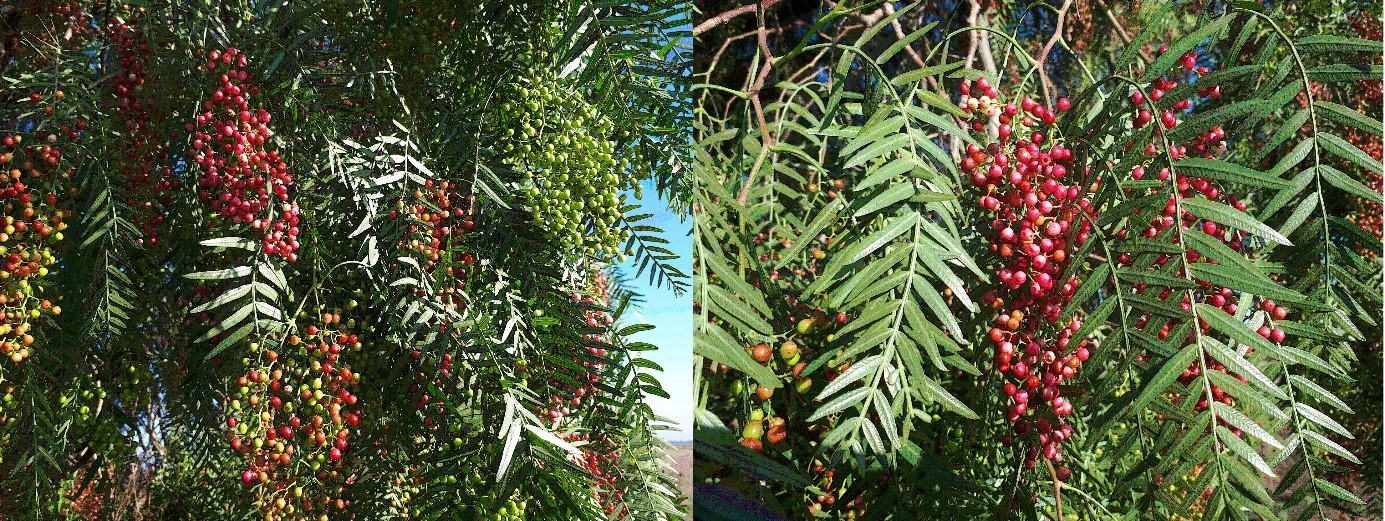Harnessing community science to manage invasive species: A case study of Melaleuca in South Africa
In a recent study, Dr Luke Potgieter (C·I·B postdoctoral research fellow), Michele ter Huurne (former C·I·B MSc student) and C·I·B Professor David Richardson used data from the popular community science…





